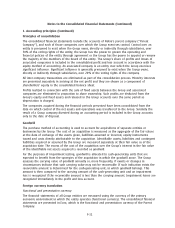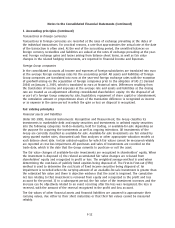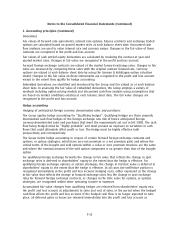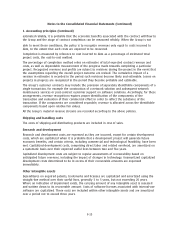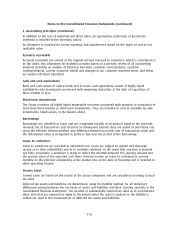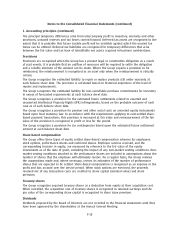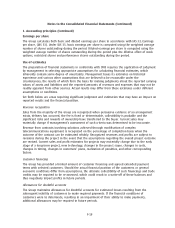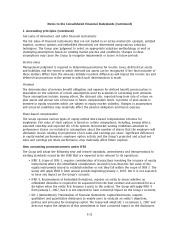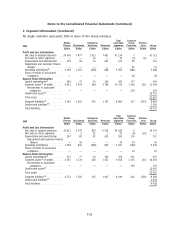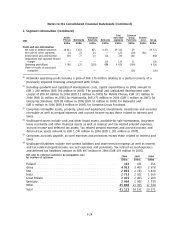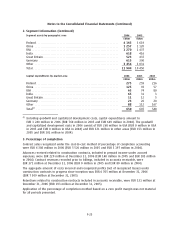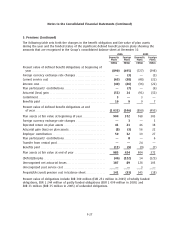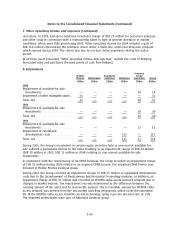Nokia 2006 Annual Report Download - page 155
Download and view the complete annual report
Please find page 155 of the 2006 Nokia annual report below. You can navigate through the pages in the report by either clicking on the pages listed below, or by using the keyword search tool below to find specific information within the annual report.Notes to the Consolidated Financial Statements (Continued)
1. Accounting principles (Continued)
Inventoryrelated allowances
The Group periodically reviews inventory for excess amounts, obsolescence and declines in market
value below cost and records an allowance against the inventory balance for any such declines.
These reviews require management to estimate future demand for products. Possible changes in
these estimates could result in revisions to the valuation of inventory in future periods.
Warranty provisions
The Group provides for the estimated cost of product warranties at the time revenue is recognized.
The Group’s warranty provision is established based upon best estimates of the amounts necessary
to settle future and existing claims on products sold as of each balance sheet date. As new products
incorporating complex technologies are continuously introduced, and as local laws, regulations and
practices may change, changes in these estimates could result in additional allowances or changes to
recorded allowances being required in future periods.
Provision for intellectual property rights, or IPR, infringements
The Group provides for the estimated future settlements related to asserted and unasserted IPR
infringements based on the probable outcome of potential infringement. IPR infringement claims can
last for varying periods of time, resulting in irregular movements in the IPR infringement provision.
The ultimate outcome or actual cost of settling an individual infringement may materially vary from
estimates.
Legal contingencies
Legal proceedings covering a wide range of matters are pending or threatened in various
jurisdictions against the Group. Provisions are recorded for pending litigation when it is determined
that an unfavorable outcome is probable and the amount of loss can be reasonably estimated. Due
to the inherent uncertain nature of litigation, the ultimate outcome or actual cost of settlement may
materially vary from estimates.
Capitalized development costs
The Group capitalizes certain development costs when it is probable that a development project will
generate future economic benefits and certain criteria, including commercial and technological
feasibility, have been met. Should a product fail to substantiate its estimated feasibility or life cycle,
material development costs may be required to be writtenoff in future periods.
Valuation of longlived and intangible assets and goodwill
The Group assesses the carrying value of identifiable intangible assets, longlived assets and goodwill
annually, or more frequently if events or changes in circumstances indicate that such carrying value
may not be recoverable. Factors that trigger an impairment review include underperformance
relative to historical or projected future results, significant changes in the manner of the use of the
acquired assets or the strategy for the overall business and significant negative industry or economic
trends. The most significant variables in determining cash flows are discount rates, terminal values,
the number of years on which to base the cash flow projections, as well as the assumptions and
estimates used to determine the cash inflows and outflows. Amounts estimated could differ
materially from what will actually occur in the future.
F20



